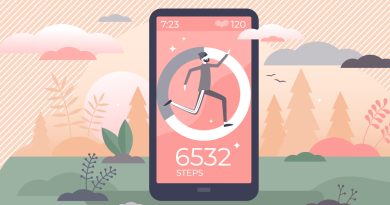Four Must-Know Behavioural Design Strategies
In user experience design, we use HCI theories to study and improve the usability of design solutions. Yet, the context of use extends to the user environment and behaviour that changes over time. Therefore, behavioural design merges design expertise and psychology theories to improve users’ experience by studying and changing their behaviour to improve their lives and wellbeing, and its practice should be considered during the design thinking process.
Several behaviour change theories are complex, and many still need to provide a fractal solution to design for behaviour change. Therefore, we need a simple strategy that can successfully drive people’s behaviour to a healthier one. In my article, Behavioural Design: Using Habit Loop in mHealth, we explored one model, which is the habits loop. In this post, we will explore four laws that can help us to understand people’s behaviour and design solutions to improve it. (What is Behavioural Design? And How to Apply it)
This post will be updated frequently with more theories and strategies. So, please feel free to suggest any practical theories related to behaviour change and join my mailing list on the right side to receive any updates on this post and any of my new articles.
Fogg’s Behaviour model
One of the Changs that face use when designing with users’ behaviour in mind is the factor of time. How does this behaviour change over time? While many of the current theoretical models are hard to apply in practice, Fogg’s behaviour model is one of the practical models that allow us to map and understand people’s behaviour through three simple values: motivation, ability and prompt. In his book Tiny Habits, Fogg describes people’s behaviour as a relationship between the three values through the equation (B=MAP). We can attribute any change in people’s behaviour to any of their values in a specified time.
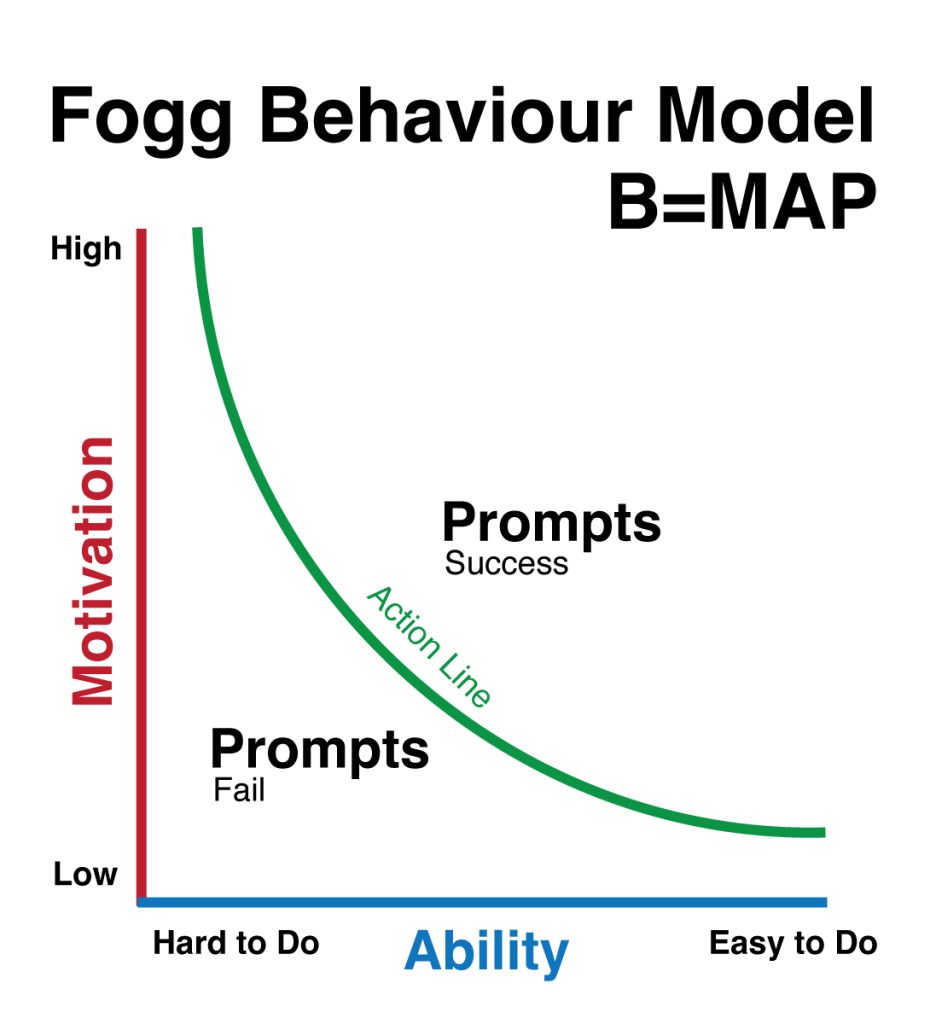
The figure above shows a correlation between the three factors determining people’s behaviour. If there is a high motivation to do the task, but it is hard, people tend to accomplish it due to their high motivation to do it. Think of travelling long distances to meet the family, which requires a lot of effort, but the motivation to meet them is high. The prompt is what triggers the behaviour, such as a phone call from the family or a special occasion.
Prompts can be a message reminder for hospital appointments or social app notifications. To encourage good habits, you need to facilitate the prompts that drive the behaviour and avoid the prompts that present a barrier to habit. The graph shows that prompts can successfully drive the habit when the motivation is high and the task is easy to do (effortless). In contrast, any prompt fails when the task is challenging to do and even if the motivation is high (frustration).
An example of applying behavioural design to a wellbeing mhealth app. Diabetic patients tend to have a high motive to have a healthy life to reverse or control their diabetes. However, because the task is tough due to internal and external obstacles, many users need to start using the app or doing the required tasks.
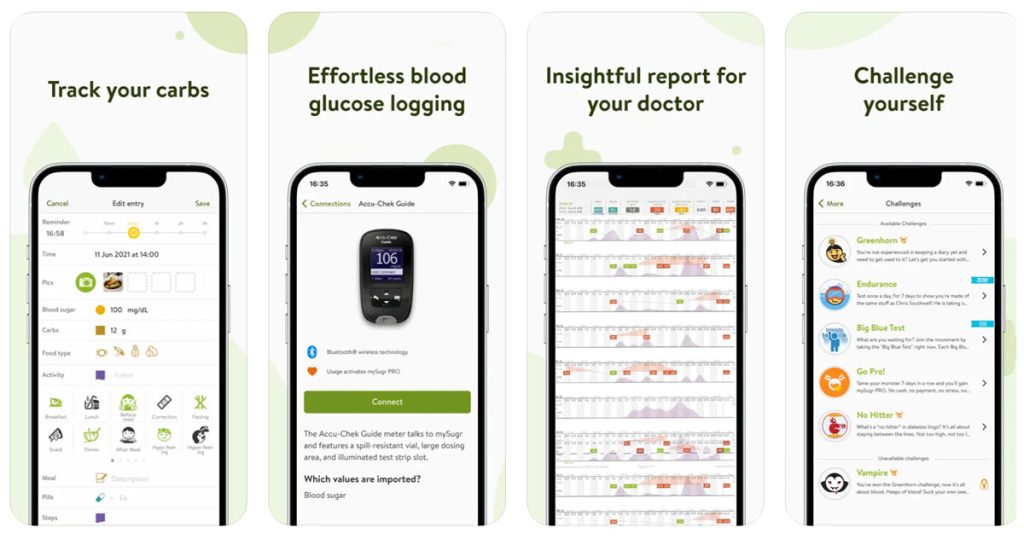
Another feature of the health apps is the notifications (prompts). You get notifications to log your daily meals, sugar level, weight, and water intake several times a day. There are two behavioural barriers here. First, logging daily activities is easy, but it is a low-skill/low-motivation task. Several people just forget or ignore the notification (bored). The second problem is that several notifications accumulate to build up a hard-to-do task. As a result, we end up with hard tasks with low motivation, meaning that the user’s behaviour will stay the same (What are the principles of Good Digital Healthcare Design?).
As we mentioned, Fogg’s law addresses the three values, and the diabetes management app should consider the above factors. For example, they are automating some tasks, such as weight measurements. Another step is to add motivational features such as providing goals and celebrating milestones as motivation for users. Doctor calls, and follow-ups can prompt patients to change their behaviour to a healthier one.
The Flow Model by Mihaly Csikszentmihályi
Between the 70th and the 80th, Mihaly worked on the Flow Theory, which indicates that the person’s ability to do the habit through two influencing factors: the challenge and the skill level. The positive correlation between them defines the person’s susceptibility to do the behaviour. Later, in 1987, Massimini, Csíkszentmihályi and Carli introduced an eight-channel model called the Experience Fluctuation Model, which divides the graph areas in the Flow model into eight areas that reflect the psychological state of the person based on the level of challenges and skill level.
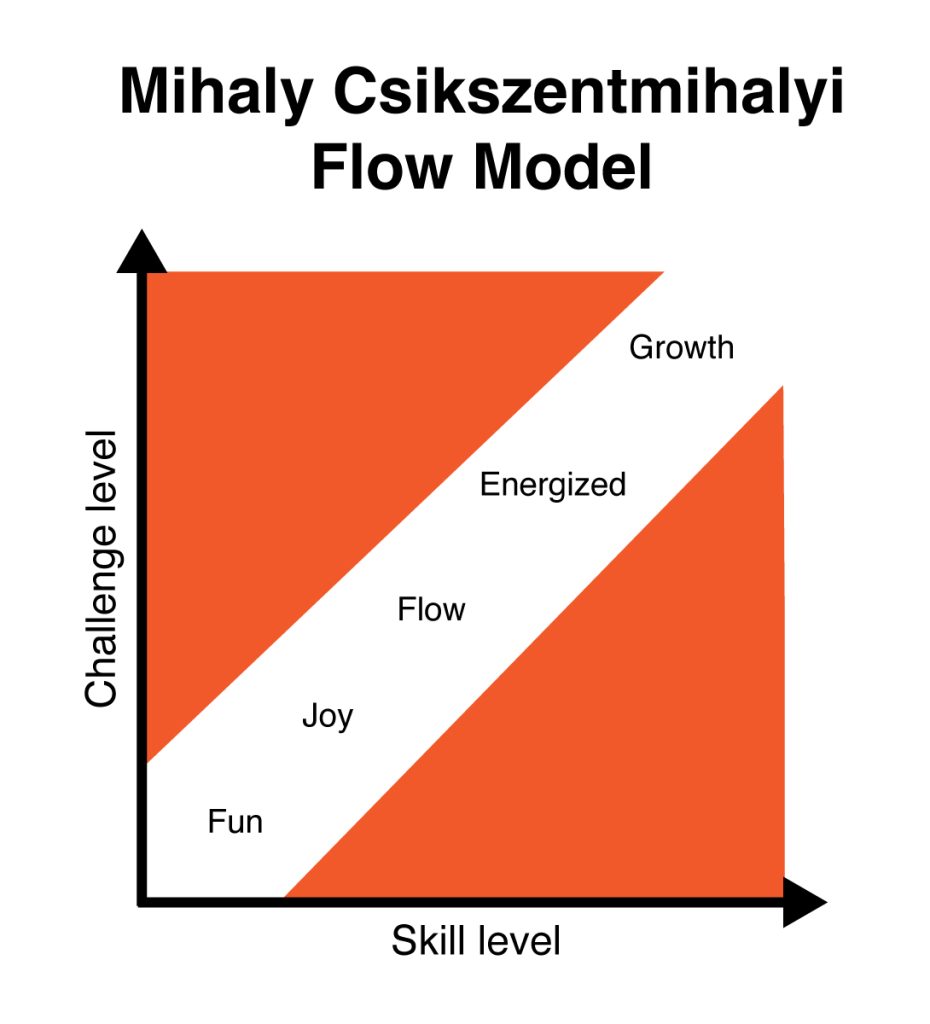
So, how can we use the Flow Model in designing solutions for behaviour change? The Flow Model shows a good balance between the level of the challenge needed to make the change and the person’s skill level. The task needs to have a challenging part that suits the person’s skill level to complete it. This is a crucial point underpinning many strategies discussed in books like Atomic Habits and Tiny Habits, which are to break any change into small manageable parts. If you would like to reduce the sugar in your diet, don’t cut it suddenly; just start by decreasing the amount of sugar you take in tea by a little amount until you feel used to it, and then reduce it again.

Blood pressure monitoring devices are made easy so people can monitor their blood pressure at home. The old manual devices were hard to use and needed skills to identify the Systolic and Diastolic readings. The electronic and mobile-connected blood pressure devices helped patients to record their readings easily. Reflecting on the Flow model, we can see that this example shows a level of motivation that patients are worried or understand the risk of very high or low blood pressure. Simultaneously, the task is easy and requires basic skills to accomplish (Applying the Value Proposition Canvas in Healthcare Technology).
Hooked Model of Trigger and Rewarding
In my article, Behavioural Design: Using Habit Loop in mHealth, I discussed the Habit Loop model, which divides the behaviour into four stages: cue, crave, response, and reward. Another similar model is the Hooked model by Nir Eyal, which he discussed in his book Hooked. Any habit is formatted through four main stages: trigger, action, reward and investment. You can remember it with the word “ATARI,” the “A” is for the hook or the driver for change.
- The trigger is the driver of the action, which can be internal “emotional” like the start point, such as feeling bored or stressed from a daily workload, or external, such as icons, notifications, or alarms.
- Action is the next step the person takes in response to the trigger. It can be taking the medication, opening social media..etc.
- Rewards are the expected outcome of the person’s behaviour. Opening social media apps is associated with seeing new news and friends’ alerts.
- Investment means that the user gets the reward and is willing to invest into repeating the loop once the trigger is fired to repeat the process and get rewarded.
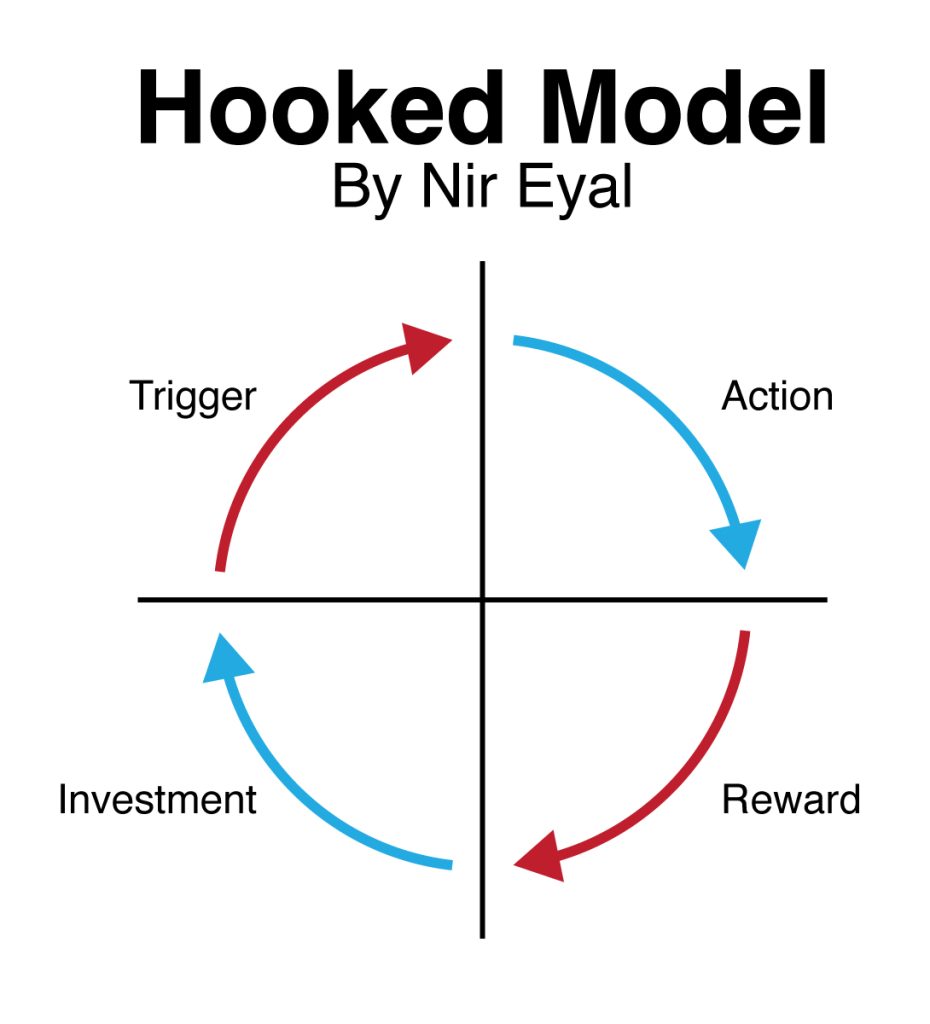
In behavioural design, the Hooked Model allows us to map our design solutions to the user behaviour in each of the behaviour stages and build the product or service features on each stage according to these four stages. In a health-based social network such as PatientLikeMe, the network aims to connect people with the same condition, educate them about it, and help them support their friends with the same condition.
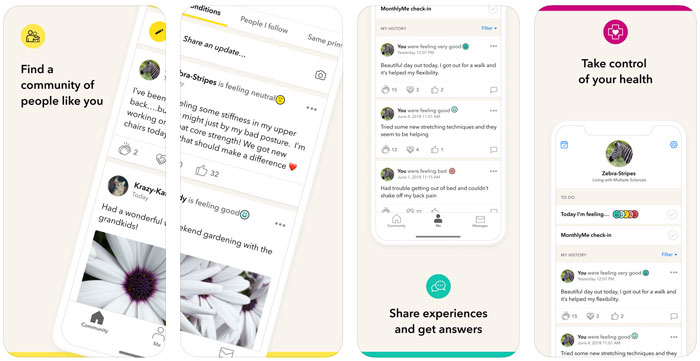
The trigger can be as simple as worrying about a specific condition and medication. Then, the user’s action is to open the social network website or application to search for information and what other people are saying about it. The reward is finding news and updates from friends that satisfy the user’s needs. You notice that social media algorithms show you the most relevant updates from friends you usually interact with. This is part of social media companies aim to keep you hooked, triggering notifications and satisfying rewards. Finally, as users get rewarded, it is more likely they will repeat the habit again and again in the future (Why Design Thinking is Essential for Healthcare Innovation).
Anchoring and Habit Stacking
Daniel Kahneman coined the anchoring bias theory. it refers to people’s judgment in one decision influenced by reference information referred to as an “anchor.” The principle is commonly used in business to drive consumers to buy costly products by showing them a very expensive one. So, they tend to compare with their first choice. For example, showing the consumer a very high-priced house in the first viewing and then showing them more affordable ones tends to drive them to buy the less expensive option even if it is higher than the market price.
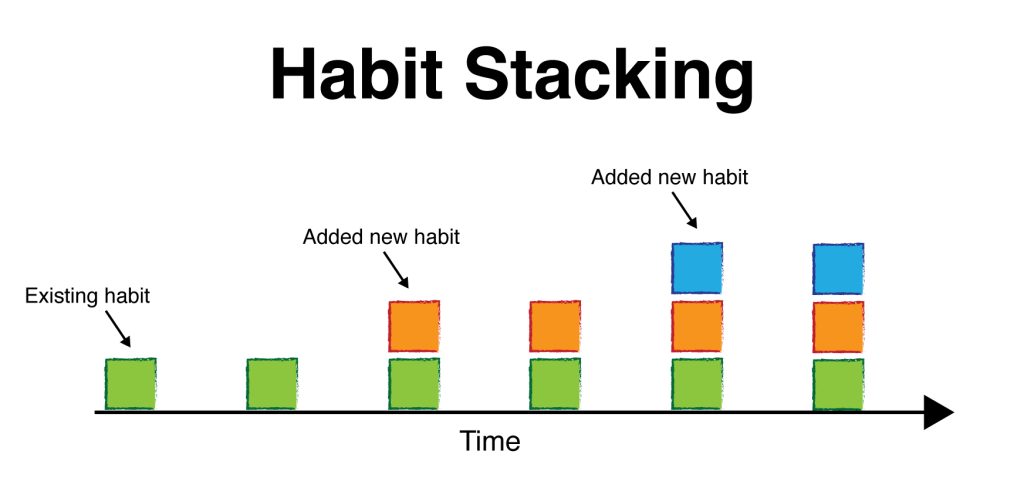
In his book Tiny Habits, James Claire presented the habit-stacking approach, which is underpinned by the anchoring theory. You build a new habit by stacking it to an anchor habit you do every day. For example, you are placing the medication near the bed. So you can easily remember it once you wake up in the morning. Based on the data from PatientsLikeMe, patients using CPAP machines have shown a very high adherence level as the device is anchored to the sleep habit and its location next to the bed (Healthcare Technology Innovation: Opportunities and Challenges).
One of the common examples of anchoring is the sanitiser stations in hospitals. To drive the visitors to sanitise their hands, the station is placed in front of them as they access the doors. The strategy dramatically increased the number of people who sanitised their hands even after COVID-19, which turned into a habit to reduce infections.
If you like to encourage patients to take their medications, they can put their pills in the water or next to bed to remember when they wake up. If patients want to quit smoking, it is a good starting point to remove any cigarettes from home or make them hard to reach.
The above laws are examples of psychological theories applied in behavioural design to help build improved design solutions, especially in healthcare, where habits can become life-saving for many. These laws present a practical approach to changing behaviour through a simple, manageable plan.
The behavioural change is complex and varies from one person to another. So, there is no solution, and this is where these theories come into place to allow us to explore the workable strategies with each target segment.
Further Readings:
Filippou, J., Cheong, C. and Cheong, F., 2016. Combining the fogg behavioural model and hook model to design features in a persuasive app to improve study habitS. arXiv preprint arXiv:1606.03531.
Tversky, A. and Kahneman, D., 1974. Judgment under Uncertainty: Heuristics and Biases: Biases in judgments reveal some heuristics of thinking under uncertainty. science, 185(4157), pp.1124-1131.
Nakamura, Jeanne, and Mihaly Csikszentmihalyi. “The concept of flow.” Handbook of positive psychology 89 (2002): 105.


